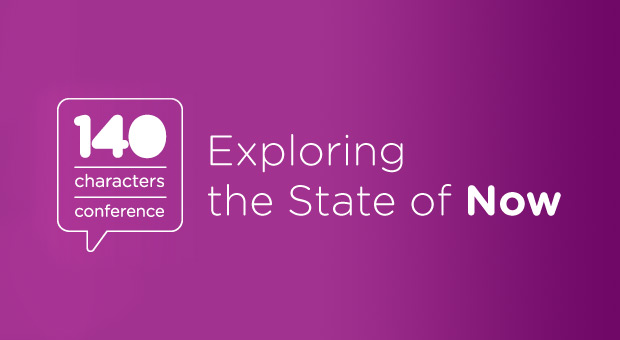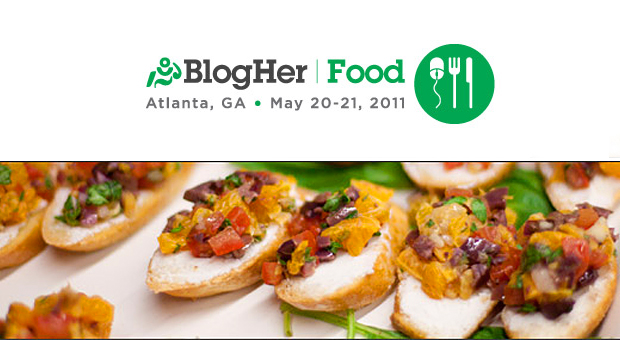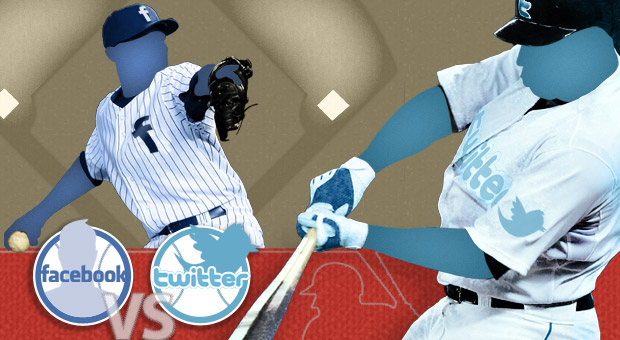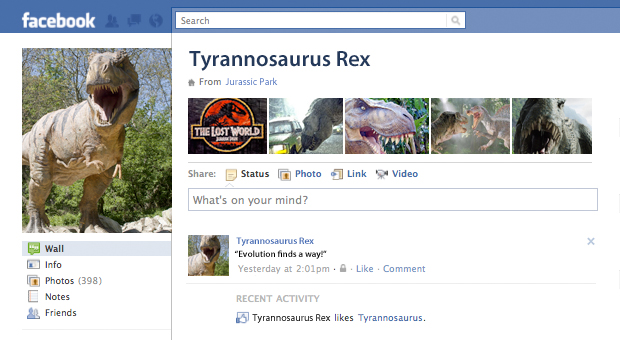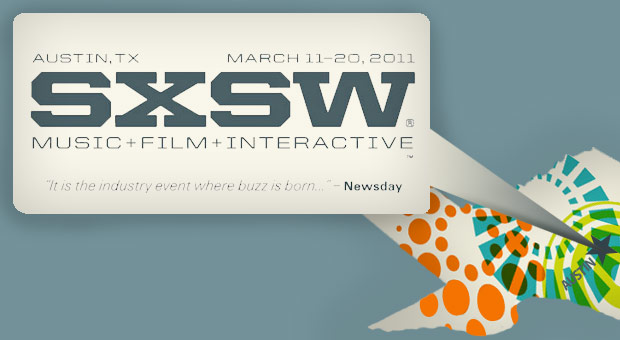StyleCaster recently had a makeover enhancing their news site and social hub for the fashion and beauty community. We interviewed Meghan Cross, Director of Communications, about the new layout, trends and the philosophy behind StyleCaster as told by their fearless leader Ari Goldberg “At one time, content was king; but today, conversation is king.”
Back in the day you couldn’t wait until the latest issue of Vogue to come to your door step, find out trends for the upcoming season and plan accordingly for your fashion and beauty acquisitions. Nowadays, it just seems like you can get up to the minute news, trends and fads within seconds, catching yourself saying, “Ugh, that was so 20 seconds ago. I’m all about neon right now!”
Meet one of the morning reads in the Flightpath office: StyleCaster. Their mission? Bring “Style to the People.” The site has undergone a recent makeover allowing the style community to easily interact with each other, bloggers and editorial staff, taking the power of content and conversation to the next level with a visual layout inspired by Tumblr and Pinterest. Flightpath recently checked in with Meghan Cross, Director of Communications at StyleCaster, to discuss the new and improved Stylecaster and how the site has become a social hub for the fashion and beauty community.
Flightpath: How did StyleCaster come about? Was there a specific inspiration, or a void you recognized in the online space?
Meghan Cross: Since day one, StyleCaster’s mission has been to bring Style to the People. What this means is, we empower people who are enthusiastic about style by giving them a platform where they can not only read content about the latest trends, but they can also be active members of the conversation.
Flightpath: What makes StyleCaster stand out from other sites?
Meghan Cross: With the new site that we launched last week, StyleCaster has become the first place where you can share and discover style alongside premium editorial content. People worldwide now have the opportunity to engage with everyone from bloggers and thought-leaders to designers and retailers in one style-centric environment: StyleCaster.com.
Flightpath: How would you describe the StyleCaster community?
Meghan Cross: The StyleCaster community is a growing group of 2.5 million unique monthly visitors who are engaged, plugged-in, and ready to talk style. They Tweet, Like, Digg, Pin, Poke, Check-in, and – most importantly – check-out what [others are] sharing on StyleCaster. And depending on what they think of those StyleCaster submissions, they Love.
Flightpath: You’re not only the “one stop shop for fashionistas,” but for beauty junkies as well with Beauty High. Was that in the works from the beginning or was there a demand for more coverage in beauty?
Meghan Cross: StyleCaster introduced Beauty High about a year ago when we realized the appetite for it within our community. Fortunately, StyleCaster’s extremely insightful beauty team was able to create so much compelling content and conversation within the past year that Beauty High has now taken a digitally viral life of its own.
Flightpath: How did social media help you take the site(s) to the next level?
Meghan Cross: From the get-go, our savvy social media guru made sure to leverage our alert Twitter following to build brand awareness and drive readers to Beauty High, through everyday tweets via @StyleCaster as well as our weekly #StyleChat. Every Wednesday at 3pm ET, @StyleCaster hosts a virtual office hours to help you answer all of your style questions, using the hashtag #StyleChat. Given the success of this weekly dialogue (we’ve had everyone from @Bergdorfs and @JBrandJeans to @WhiteGirlProblems co-host!), we have @BeautyHigh kick off their own #BeautyChat this past Friday. Definitely jump in this week for fun tips and tidbits.

Flightpath: You recently held the State of Style summit – can you tell us about it and what you’ve learned from it? Will you be holding more summits in the future?
Meghan Cross: Sure! StyleCaster held the inaugural State of Style Summit at 92YTribeca on February 7th, just in time to kick off New York Fashion Week. We worked closely with 92Y and Ford Motor Company to provide the counterpoint narrative to Fashion Week. The Summit united the industry’s most inspiring tastemakers, including Lauren Bush, Rebecca Minkoff, one of my professional role models, Tom Florio, and even my former Cornell Professor Van Dyk Lewis, in order to advance the conversation around new media and style. What we learned was that the industry needs a platform to converse. Both consumers and thought-leaders have a true appetite for open dialogues over one-way content. Believe it or not, we planned the entire event in 60 days, so it was exciting to say the least. And given the positively humbling feedback, we will most certainly hold our second semi-annual State of Style Summit in time to kick off September’s Fashion Week.
Flightpath: What is important for both brands and sites to understand about using new media to their advantage?
Meghan Cross: StyleCaster’s fearless leader Ari Goldberg always says, “At one time, content was king; but today, conversation is king.” This gem of a one-liner is what StyleCaster sleeps and breathes when we work with brands, bloggers, fellow publishers, and – of course – the everyday style enthusiast. The goal of StyleCaster’s new platform is to be the homepage of style, where you can have a sophisticated dialogue, with a tone set by our expert editors.
Flightpath: Do you see style and beauty as a breakout social media leader? Like what the automotive category was to television?
Meghan Cross: Style and beauty are visual industries, and if there’s one thing we’ve learned from the success of Instagram, Pinterest, StyleCaster’s recent launch, and even Facebook tagging, [it’s that] we all love some imagery. Online tools become viral phenomena if they’re visually-inclined, especially if they help us share pictures of the springtime neons our friends are wearing.
Flightpath: Thoughts on Pinterest, the Fancy or other similar user curated photo communities? Seems like everyone has a heightened style IQ and are only getting more intelligent all the time.
Meghan Cross: That’s definitely the point! Communities where you can share your flare are what empower people to become experts, especially when there’s editorial content to set the tone for the conversation. What I like most about the new StyleCaster.com is that all submissions are ranked by popularity, as decided upon by everyone, so you can really determine what sticks in the style community in a very tangible way.
Flightpath: Where do you fit in with this trend? What does it mean to the style industry as a whole?
Meghan Cross: The front seat at Fashion Week is no longer a coveted spot where one person can sit and set the trends. Susie Q in Idaho with a huge Twitter following can just as easily convince her friends that floral denim is the next best thing. That’s what StyleCaster and Style to the People is all about!
Flightpath: What do you love most about being in the style/beauty business?
Meghan Cross: There is so much budding creativity buzzing about the business – from visual gurus and stylists to designers and every editor in between – that I’m constantly stimulated and entertained. (Plus, at StyleCaster’s HQ, I’m always surrounded by experts who can give me some very helpful tips on a far-too-regular basis!)




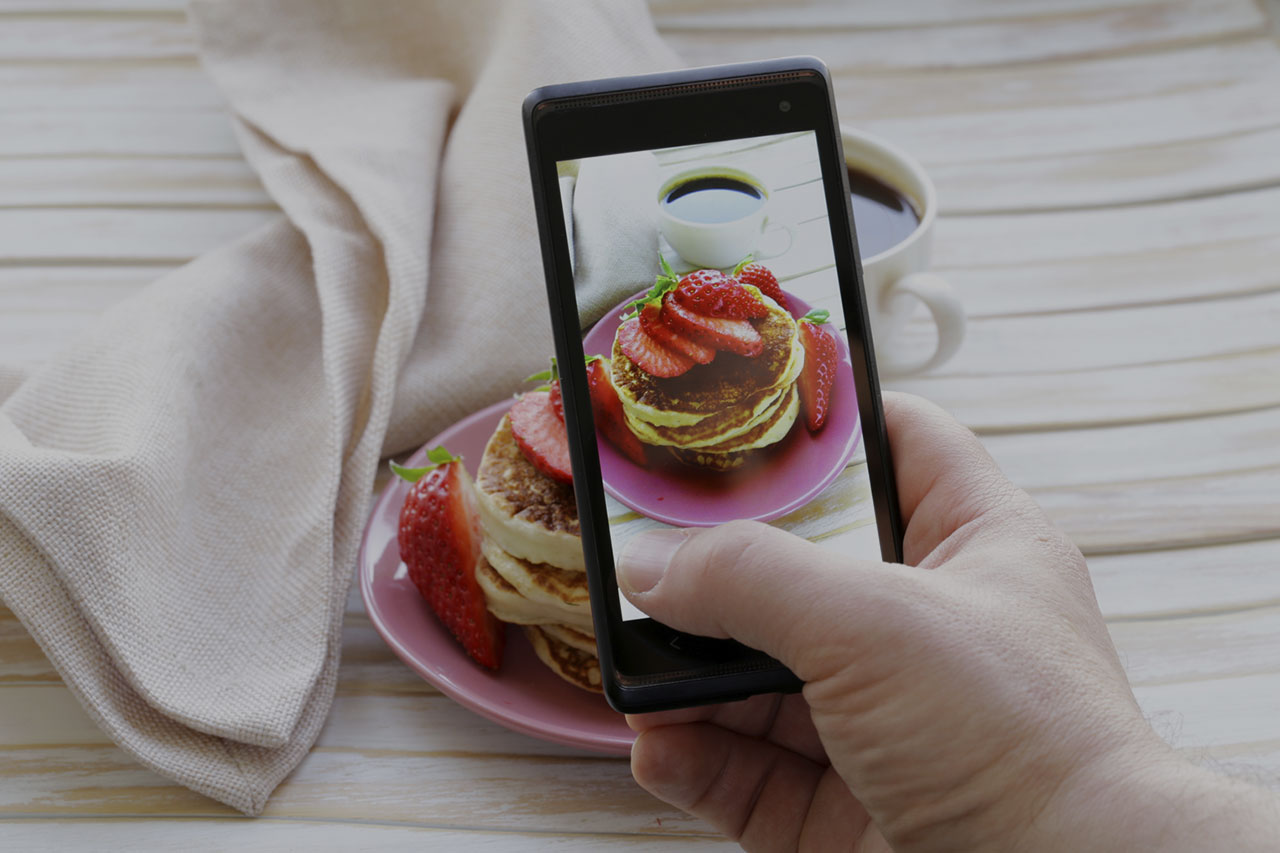




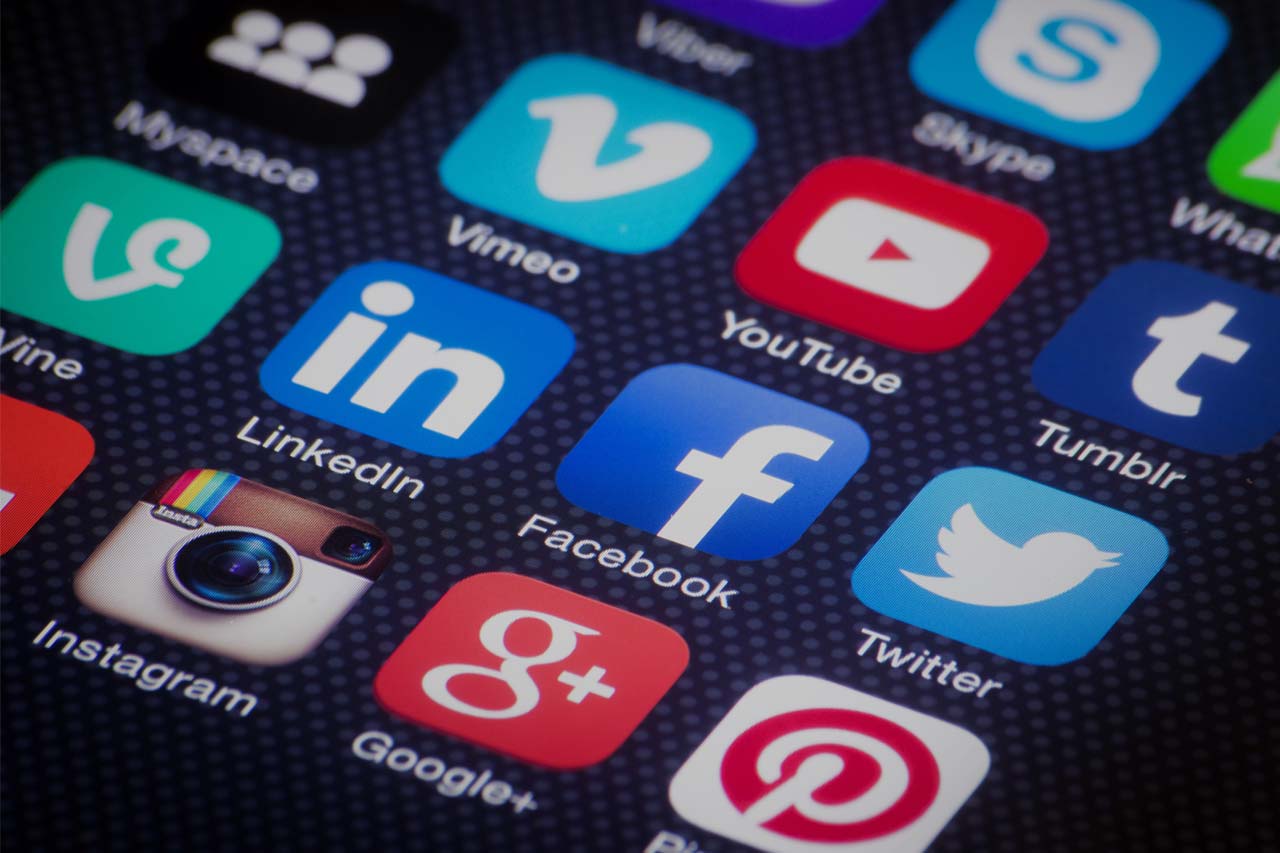

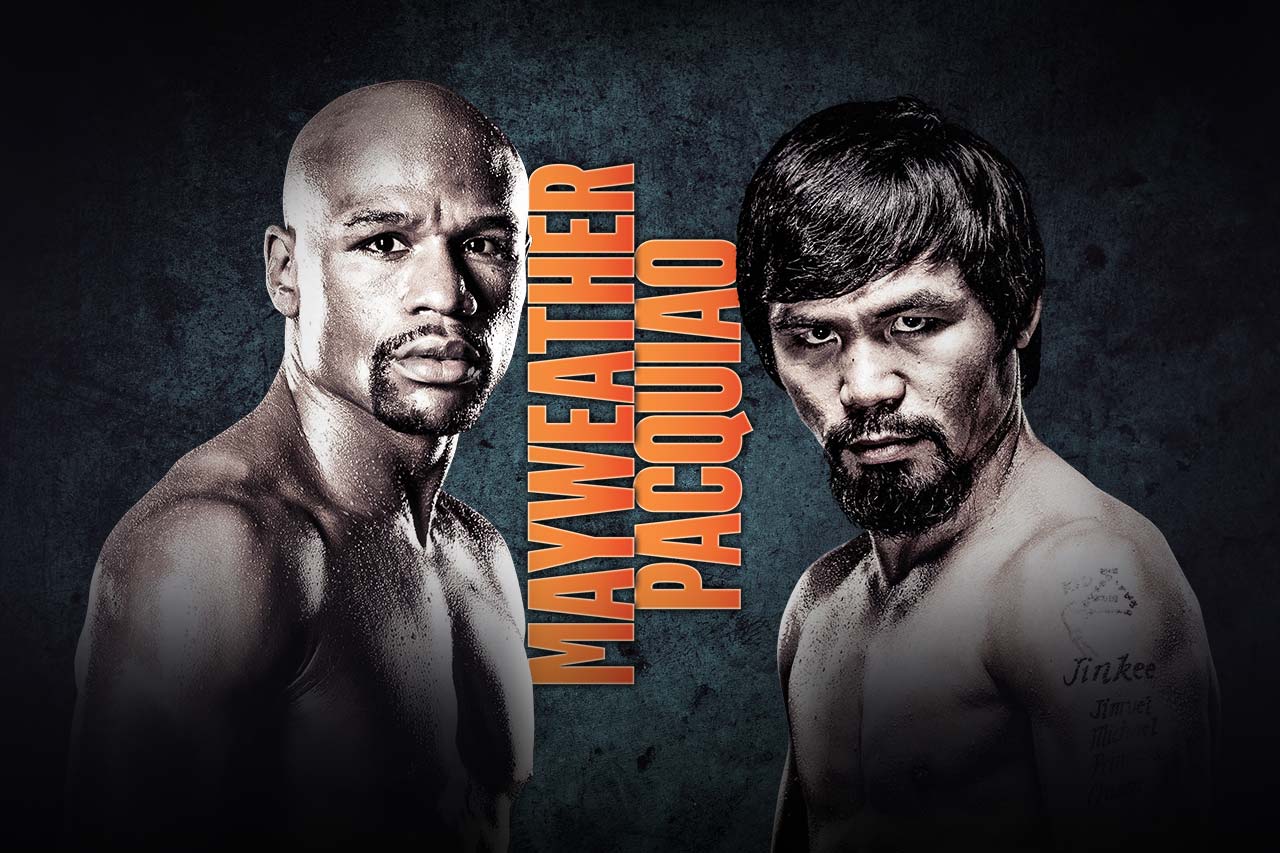
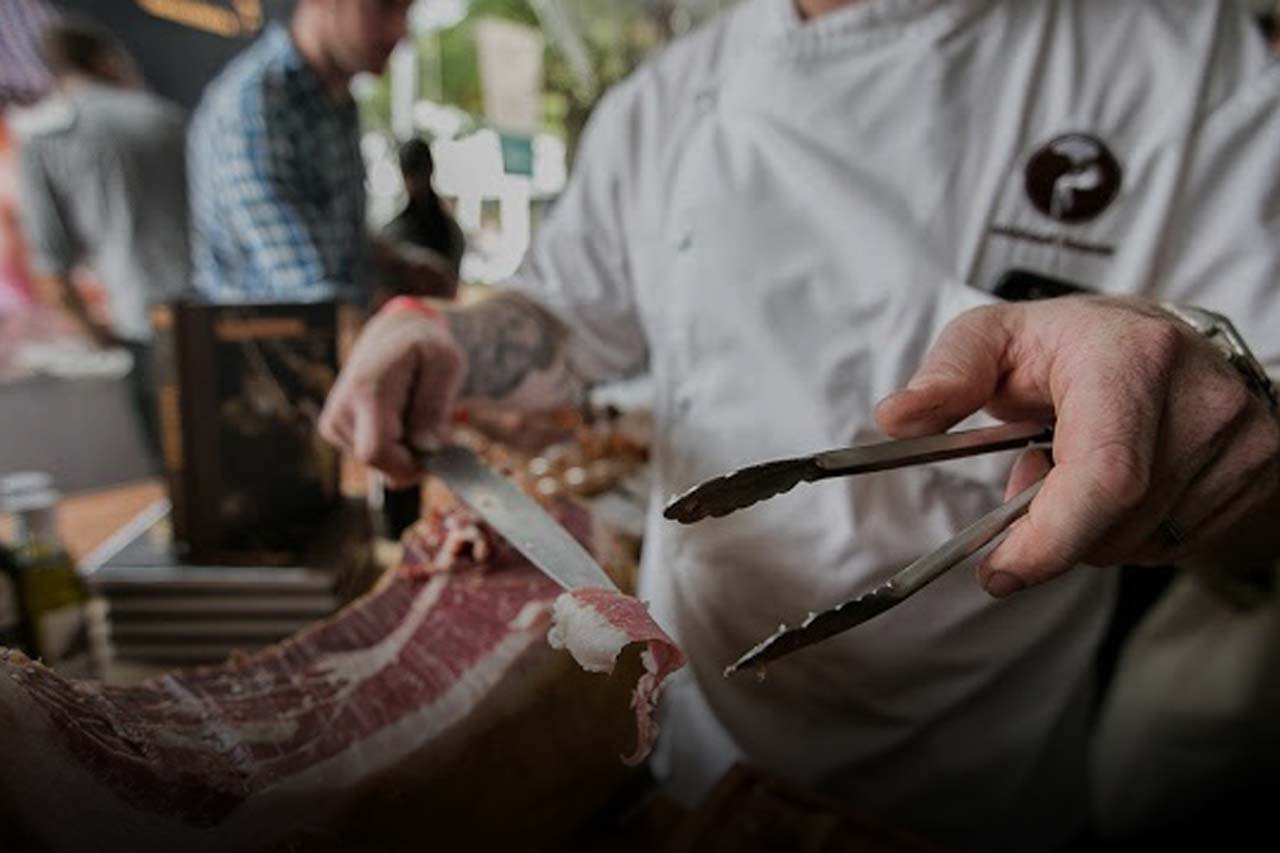

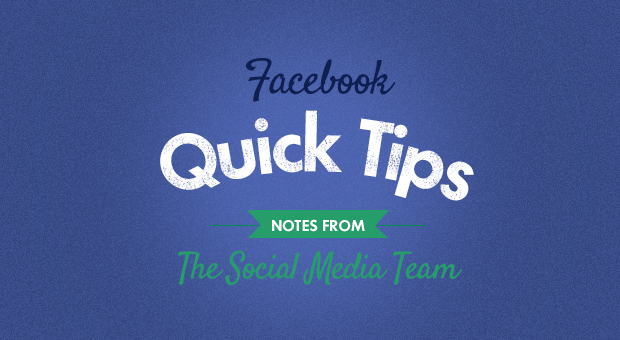








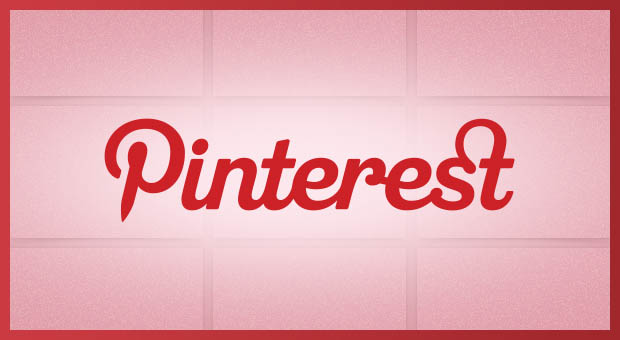
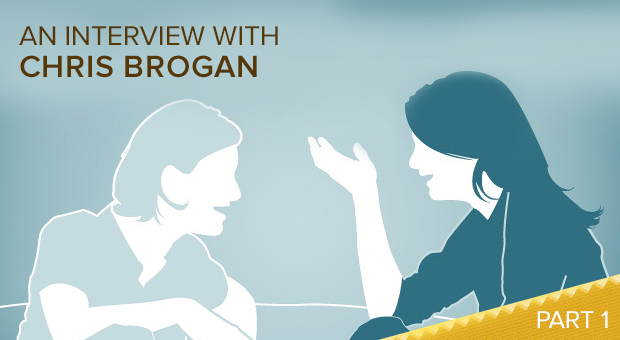













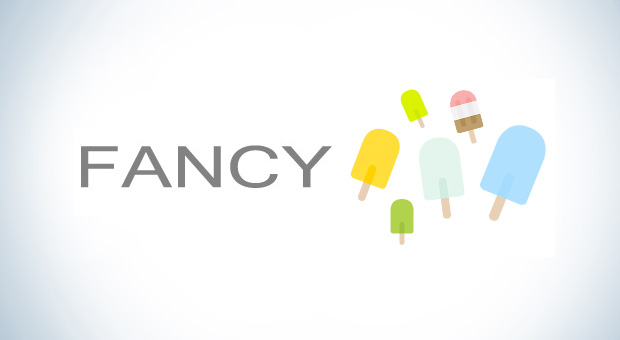










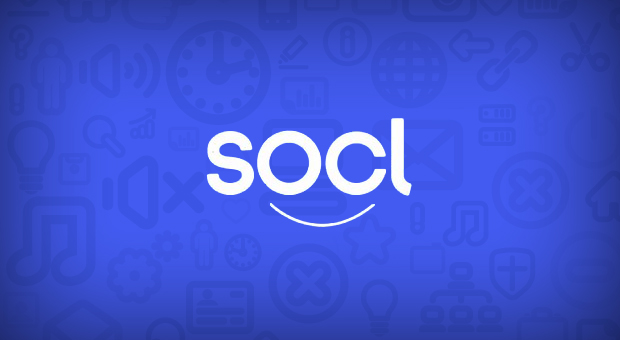









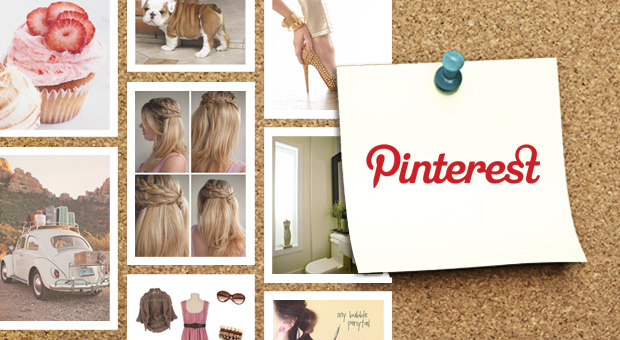













 Users are directed to the application, which is hosted on the
Users are directed to the application, which is hosted on the  According to
According to 